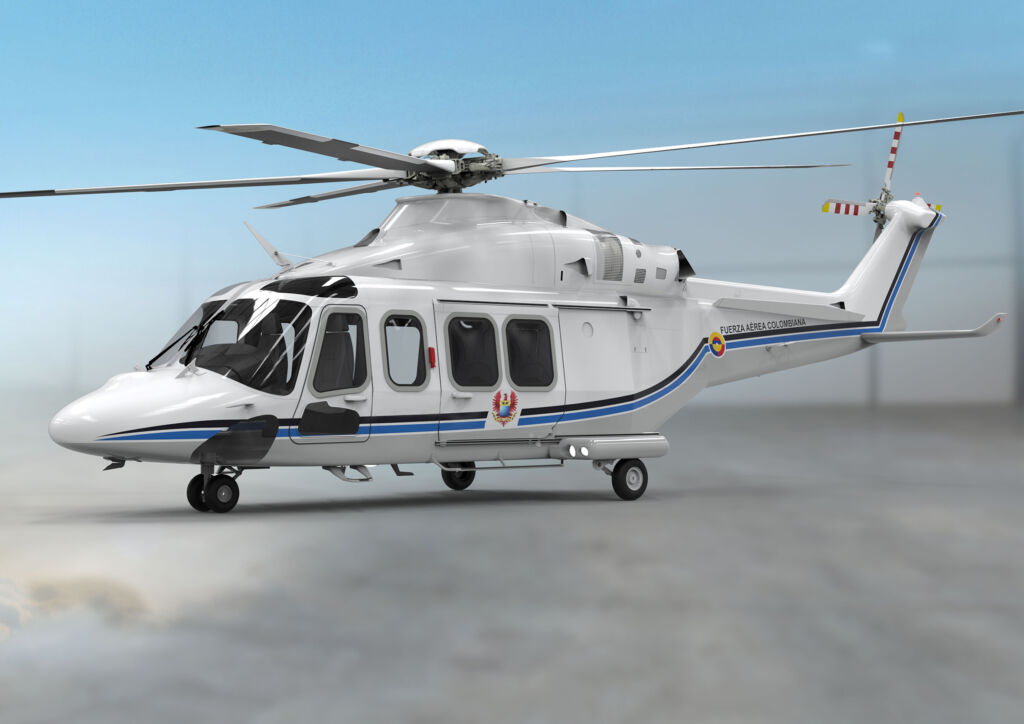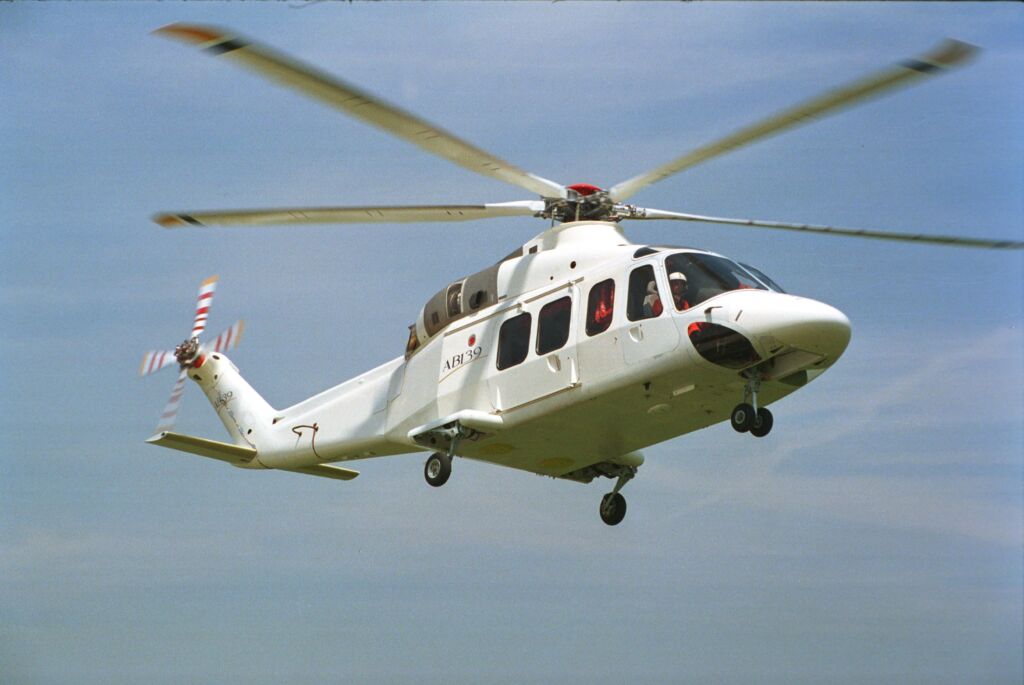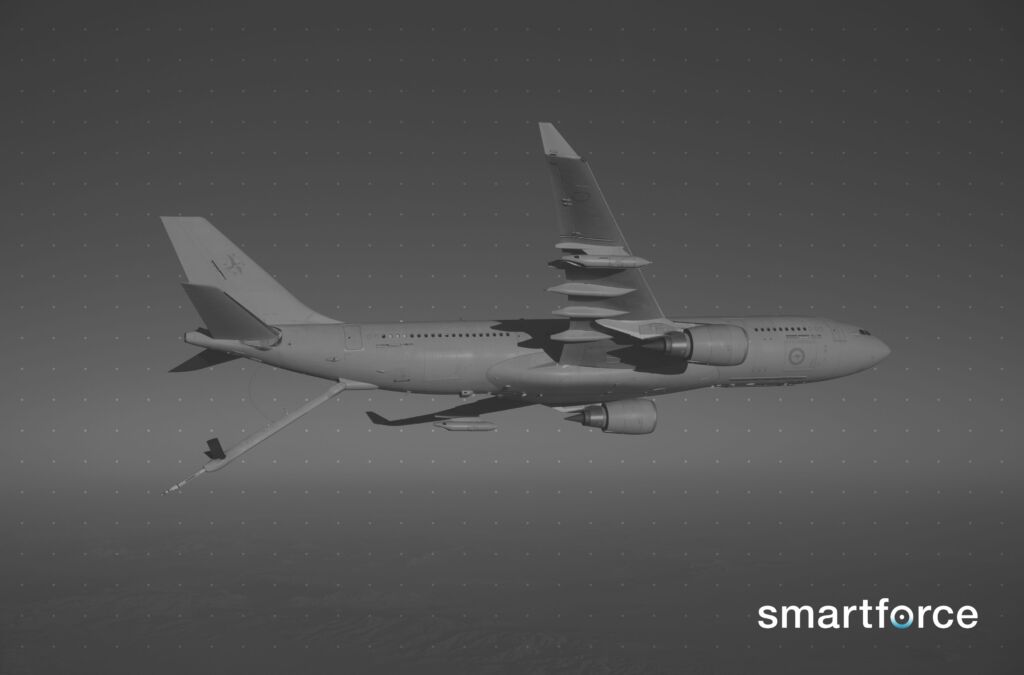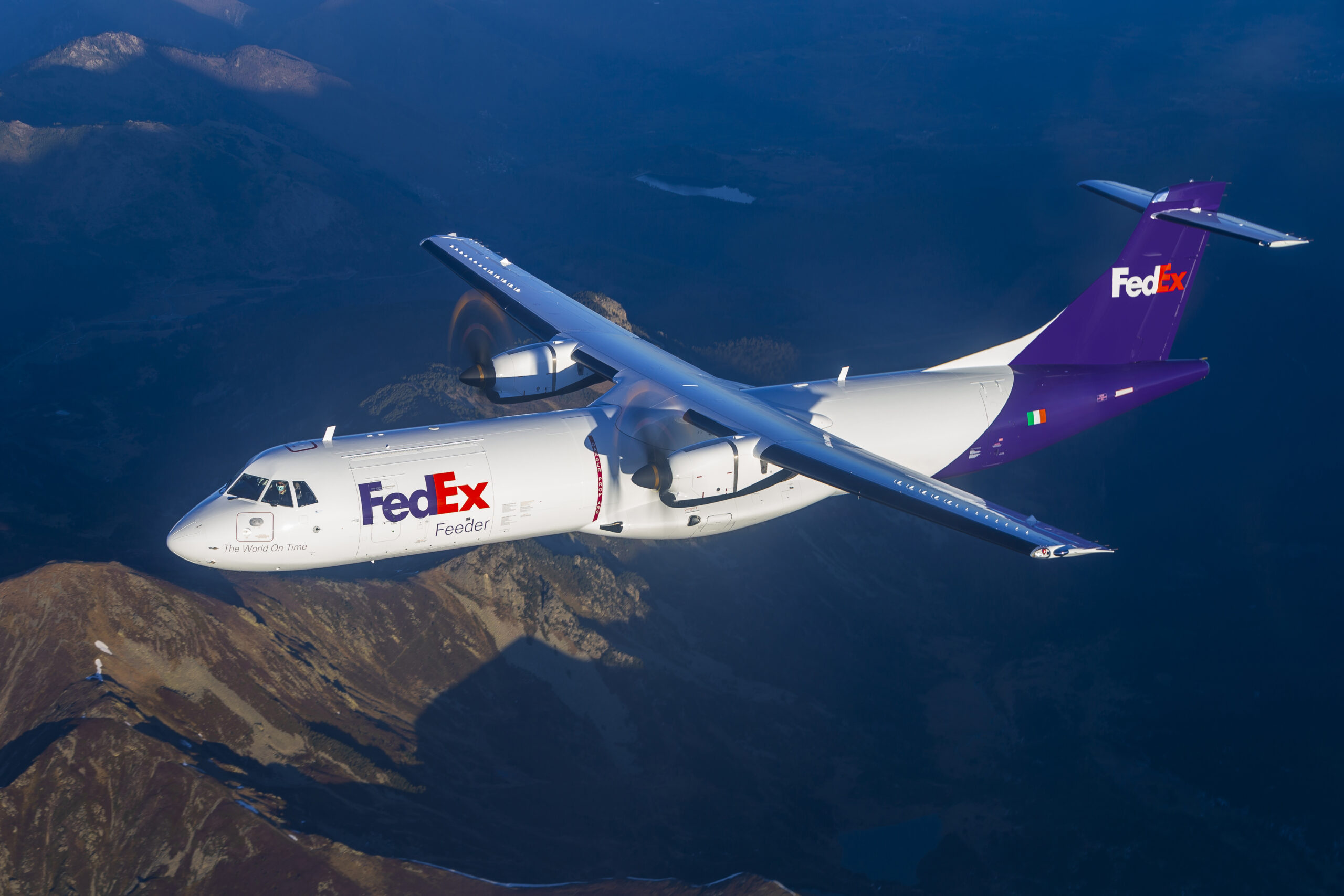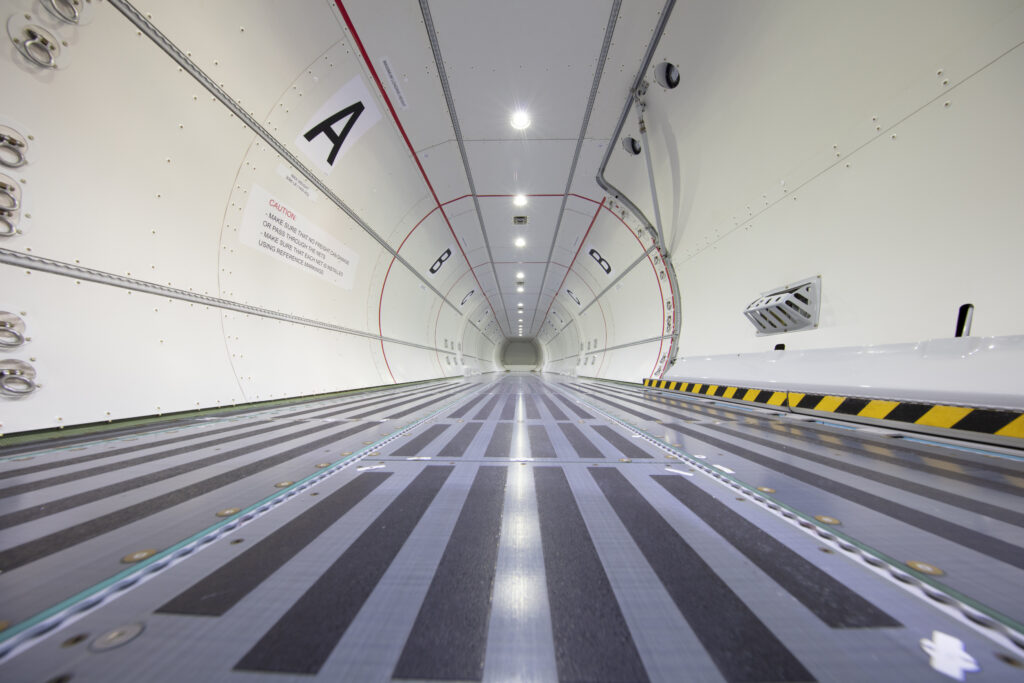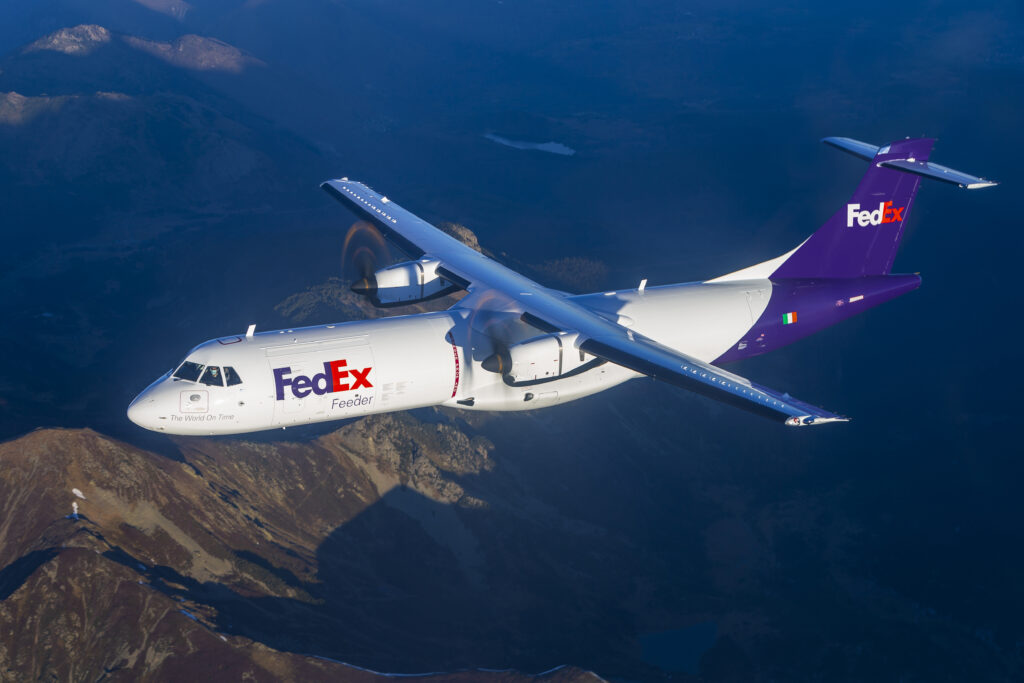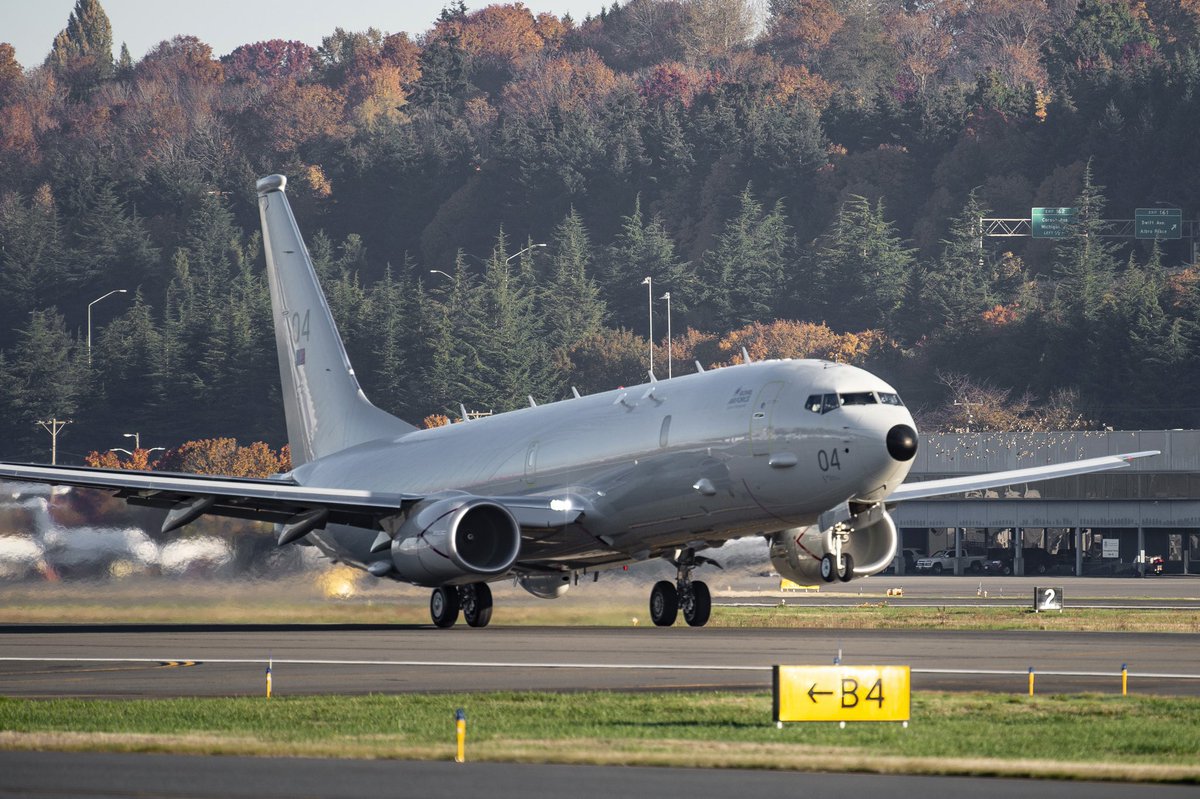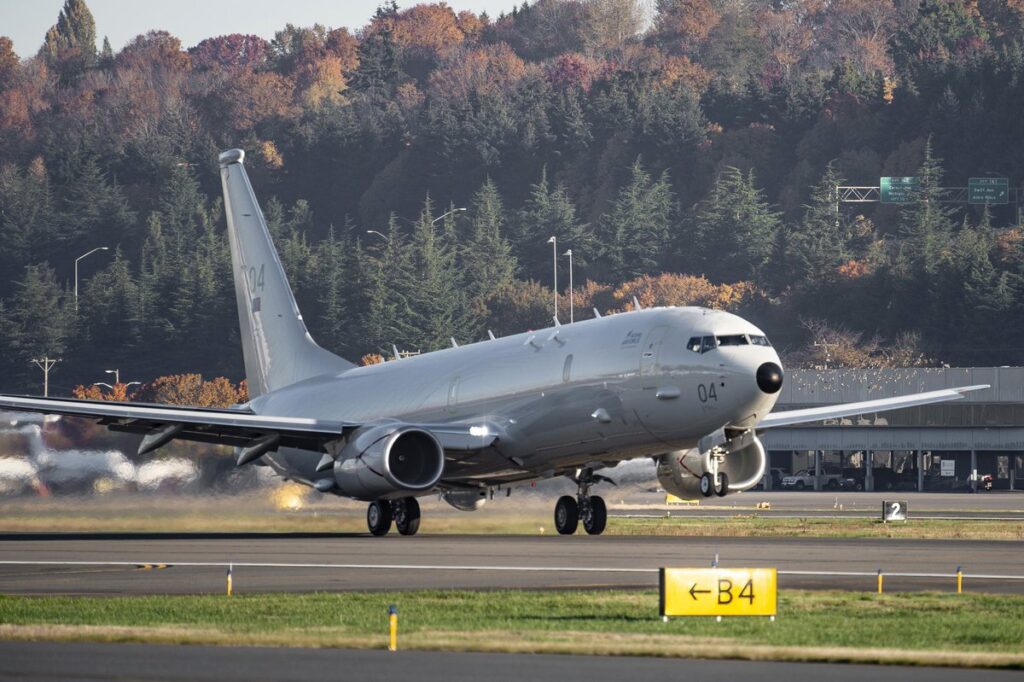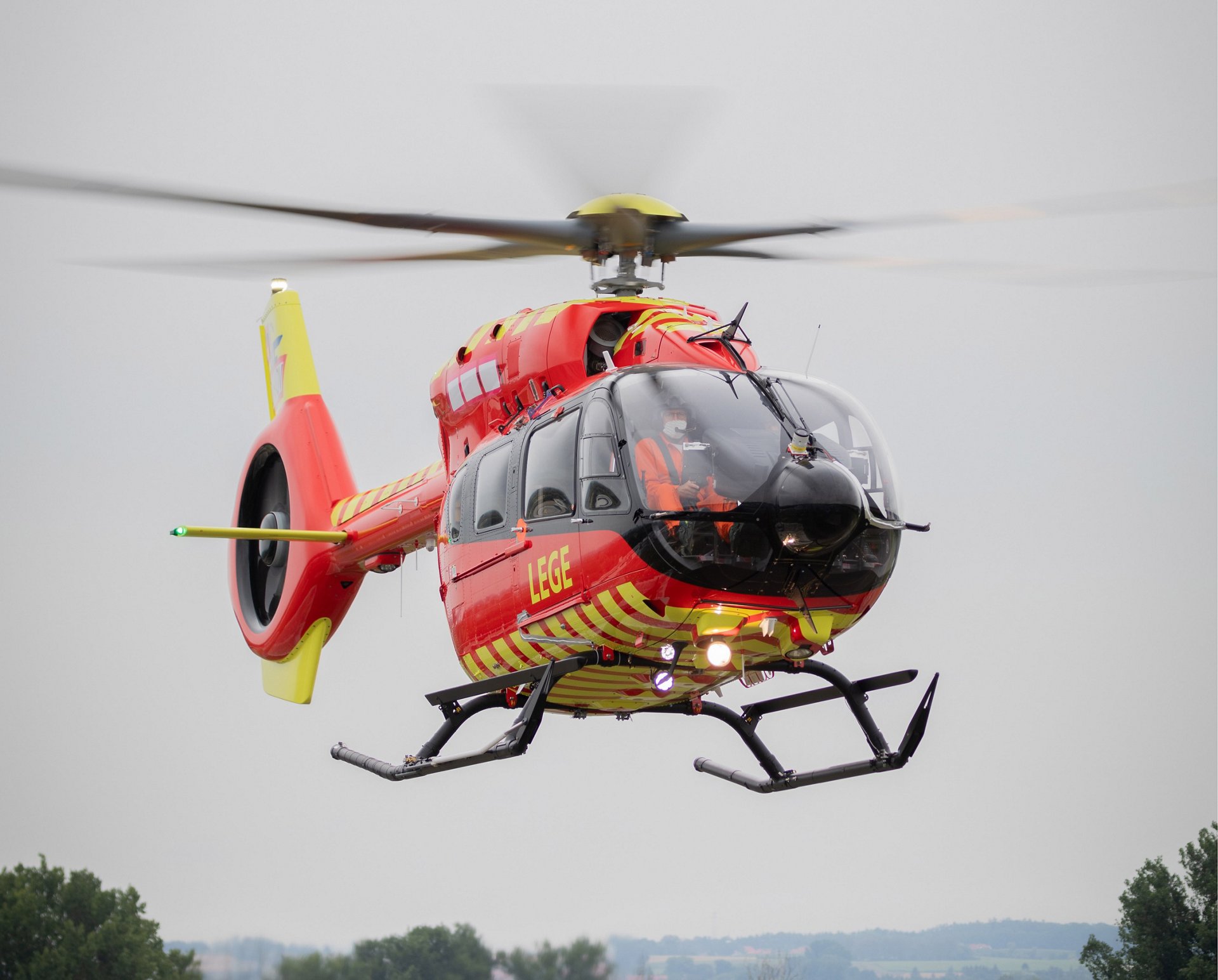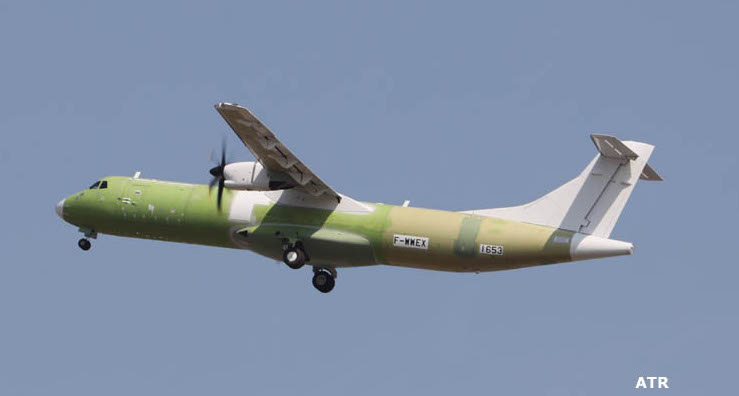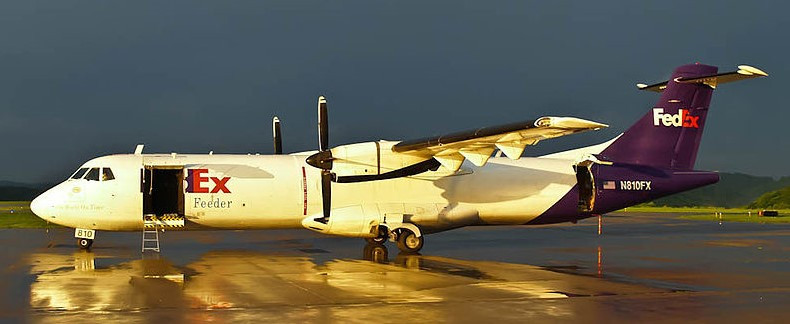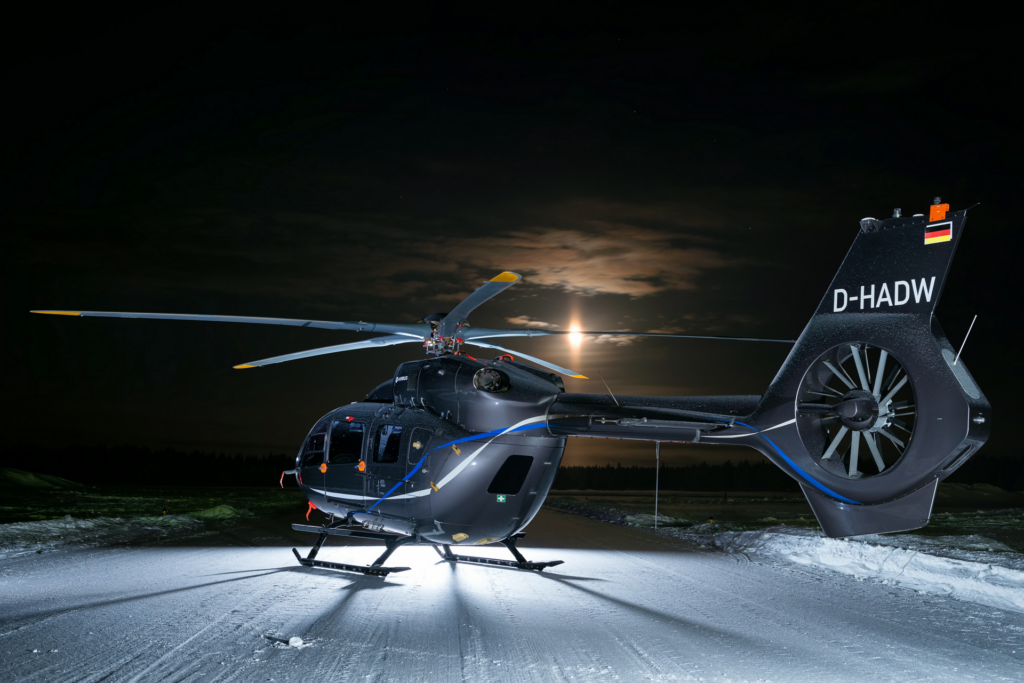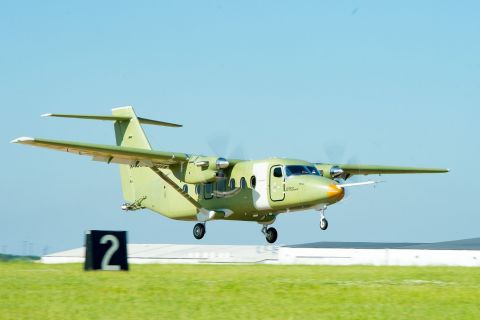Leonardo celebrates today the 20th anniversary of the AW139 helicopter’s maiden flight. The first aircraft took to the skies from the Company’s facility in Cascina Costa di Samarate, Italy on 3 February 2001. The helicopter flew for 45 minutes checking initial airworthiness tests, hovering, lateral and forward flight, handling qualities and subsystems. This soon confirmed the impressive characteristics and the smoothness of the new model and its performance and capabilities were to become a new market benchmark, making it the most important helicopter programme in the last two decades at an international level.
The AW139 intermediate-twin engine 7 tonne boasts orders of almost 1,200 units from more than 280 customers in over 70 countries on all continents. The aircraft has shown extraordinary levels of reliability and operational capabilities with more than 3 million flight hours recorded since the first delivery took place at the beginning of 2004. Data of use testifies the extreme versatility of the AW139 which satisfies any market need: approximately half the world’s fleet for public utility tasks such as search and rescue and air ambulance, law enforcement, fire-fighting, disaster relief and military duties. The rest account for a leading position in its class in the offshore transport sector, plus VIP, institutional and corporate transport as well as other civil missions. The AW139 fleet has a global presence: around 30% in Europe, almost as much in Asia and Australasia, 15% in the Americas, followed by the Middle East. The international success of the AW139 is so important that to meet market demands the helicopter is produced on different assembly lines both in Italy, in the Vergiate plant, and in the United States in Philadelphia which has delivered around 30% of all units to date. The US Air Force will soon introduce the AW139-based Boeing MH-139 to replace the UH-1N fleet.
The AW139 has grown significantly over the years, adapting to the changing needs of customers. The maximum take-off weight increased from 6.4 to 7 tons. Almost 1,000 mission kits and equipment have been certified. With advanced protection systems against icing, the AW139 can fly in all-weather conditions. This model is also the only one in the world capable of continuing to fly for over 60 minutes without oil in the transmission, twice as much as the 30 minutes set by certification authorities. In 2020 new distinguished features for the avionics suite were introduced including synthetic vision, Enhanced Ground Proximity Warning System with offshore modes, improved 2D maps and wireless data loading, increasing crew situational awareness and reducing workload for operations at night or in marginal weather. Despite the experience and maturity achieved in almost 17 years of operational activity, the AW139 remains a young and modern programme, destined to play a leading role into the future. The AW139 truly embeds all areas of excellence and leadership in its field at Leonardo such as transmissions and dynamics, system integration and customization, best in class performance, mission versatility, latest safety standards and a comprehensive range of increasingly localised customer support and training services and solutions, developed and grown to allow customers worldwide to maximise the capabilities of the type.
The aircraft of choice in its class against which all existing and newcomers are measured, the AW139 also represents a turning point in the rotary-wing sector through the introductory concept of the Leonardo “helicopter family”. The AW139 is, in fact, the forefather of a helicopter family comprising of the smaller and lighter AW169 and the larger and heavier AW189. Models, the only case in the world, that share the same design philosophy, the same high performance, the same flight characteristics and the same certification standards, as well as the same approach to maintenance and training. A concept that allows operators with large diversified fleets, with models ranging from 4 to 9 tons of weight, to create significant synergies in crew training, flight operations, maintenance and logistics support.
